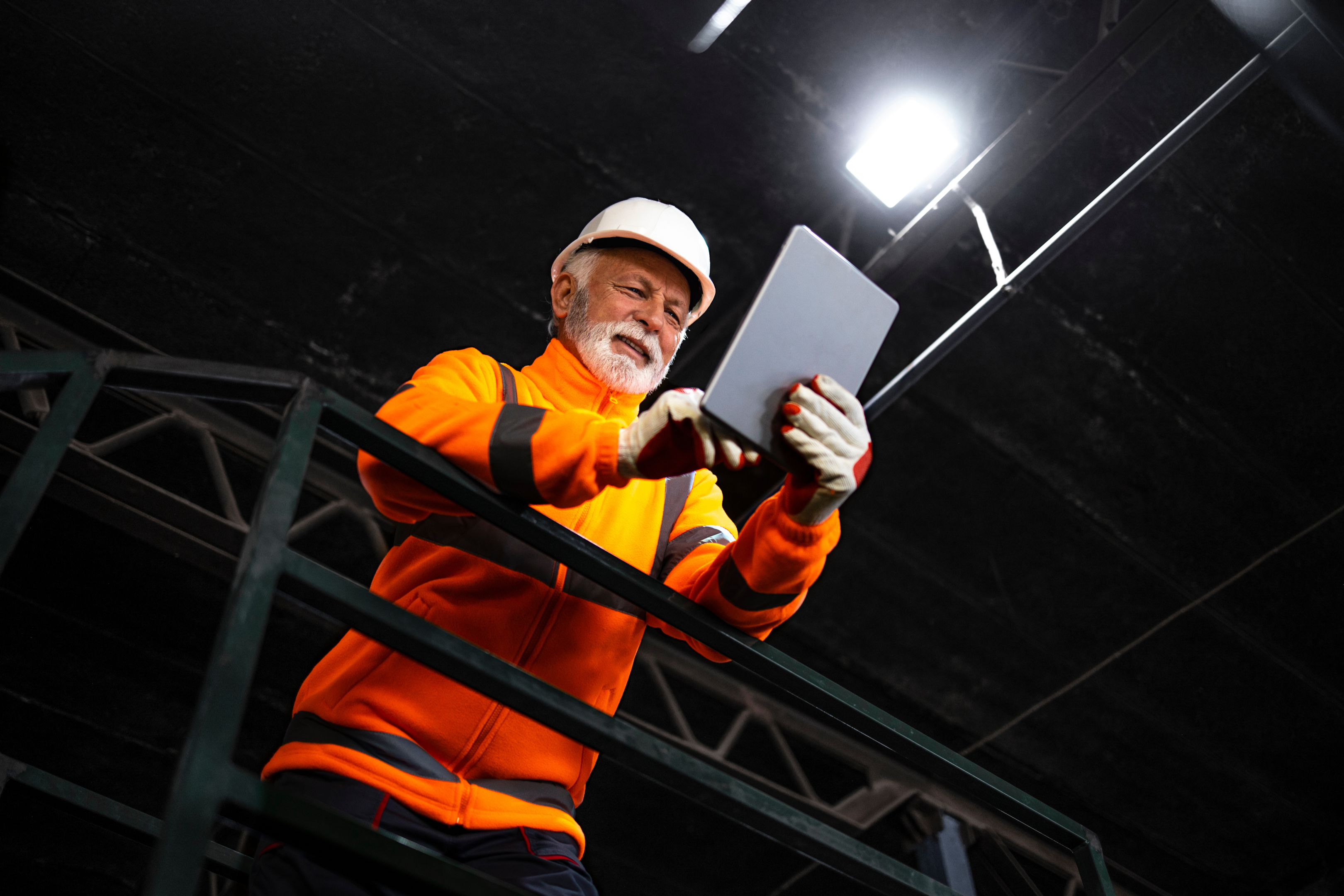The mining industry, known for its harsh environments and inherent dangers, has long prioritised the safety of its workers. Personal Protective Equipment (PPE) plays a critical role in safeguarding miners from potential hazards, making mine safety a paramount concern for mining companies, safety officers, and miners alike. This blog post dives into the evolution of mining PPE, essential components of modern protective gear, the pivotal role of safety officers, the undeniable importance of training, real-world case studies, and future trends aimed at enhancing miner protection.

The Evolution of Mining PPE
Historically, mining PPE was rudimentary at best, offering limited protection against the myriad dangers miners faced daily. From basic leather garments and helmets to the introduction of canaries as early warning systems against gas leaks, the early days of mining safety were characterised by their simplicity and high risk.
Today, advancements in technology and materials science have revolutionised mining PPE. Modern gear is designed to meet specific hazards head-on, combining durability with comfort and functionality. This evolution reflects a growing understanding of mine safety's importance and a commitment to protecting workers at all costs.
Key Components of Modern PPE
The modern miner's arsenal of PPE is comprehensive, addressing various risks, from falling debris and explosions to dust inhalation and noise pollution. Here are some key components:
-
Helmets with Built-in Communication Systems: These ensure protection against physical impacts while facilitating clear communication in noisy environments.
-
High-Visibility Clothing: Equipped with reflective materials, this clothing ensures miners are easily seen, reducing the risk of accidents in low-light conditions.
-
Respiratory Protection: Advanced respirators and dust masks protect against particulate matter, crucial in preventing lung diseases like pneumoconiosis.
-
Hearing Protection: Earplugs and earmuffs shield miners from harmful noise levels, averting long-term hearing loss.
-
Protective Eyewear: Safety glasses and goggles are essential for protecting against flying debris and chemical splashes.
-
Gloves and Footwear: Reinforced gloves and boots with puncture-resistant materials guard against cuts, abrasions, and slips, ensuring miners have the grip and protection they need.
The Role of Safety Officers
Safety officers are the linchpins of mine safety, responsible for enforcing regulations, conducting regular inspections, and ensuring the correct use of PPE. Their expertise in identifying potential hazards and implementing preventative measures is invaluable in creating a culture of safety that permeates every aspect of mining operations.
Importance of Training
Regular training sessions are crucial for miners, equipping them with the knowledge and skills to use PPE effectively and adhere to safety protocols. These sessions also serve to refresh on emergency procedures and the latest safety innovations, ensuring that safety remains at the forefront of miners' minds.
Enhancing Safety through Legislation and Equipment in the Mining Sector
In the pursuit of fortifying my health and safety, the Safety Act and Health and Safety act play pivotal roles in setting robust standards for the mining sector. These pieces of legislation are fundamentally designed to ensure the occupational health and safety of persons employed within the realm of mineral resource extraction. Through rigorous compliance and enforcement mechanisms, overseen by the appointed chief inspector, these laws promote the protection of employees from the unique hazards of the mining environment.
Personal protection equipment (PPE) and safety equipment, including hard hats, breathing apparatus, and a comprehensive range of protective tools, are mandated to shield workers against the physical dangers encountered in mines. These stringent regulations necessitate that manufacturers establish and provide equipment that meets established safety criteria, thereby ensuring that every employee is adequately equipped to face the challenges inherent to mining operations.
Beyond the simple provision of equipment, the legislation aims to cultivate a culture of safety, empowering both employees and employers with the knowledge and responsibilities to maintain a secure working environment. Through ongoing investigations and the proactive identification of potential risks, the mining sector continues to evolve with a steadfast commitment to enhancing the well-being of its workforce.
Case Studies
Numerous mining companies have set benchmarks in mine safety, demonstrating that investment in PPE and safety measures pays dividends. For instance, a multinational mining corporation implemented a comprehensive safety programme that included state-of-the-art PPE, rigorous training, and regular safety audits, resulting in a significant reduction in workplace accidents and injuries.
Future Trends in Mining Safety
The future of mining safety looks promising, with ongoing research and development in smart PPE, wearable technology, and automation poised to offer even greater protection. Innovations such as self-monitoring respirators, fatigue-detecting headgear, and exoskeletons for load-bearing support are on the horizon, heralding a new era of safety and efficiency in mining.
Conclusion
The mining industry's commitment to safety has never been stronger, with PPE at the heart of this mission. By staying informed about the latest advancements in protective gear, adhering to safety protocols, and prioritising regular training, miners and mining companies can continue to mitigate the risks associated with this challenging profession. The evolution of mining PPE is a testament to the industry's resilience and dedication to safeguarding its most valuable asset - its workforce.
